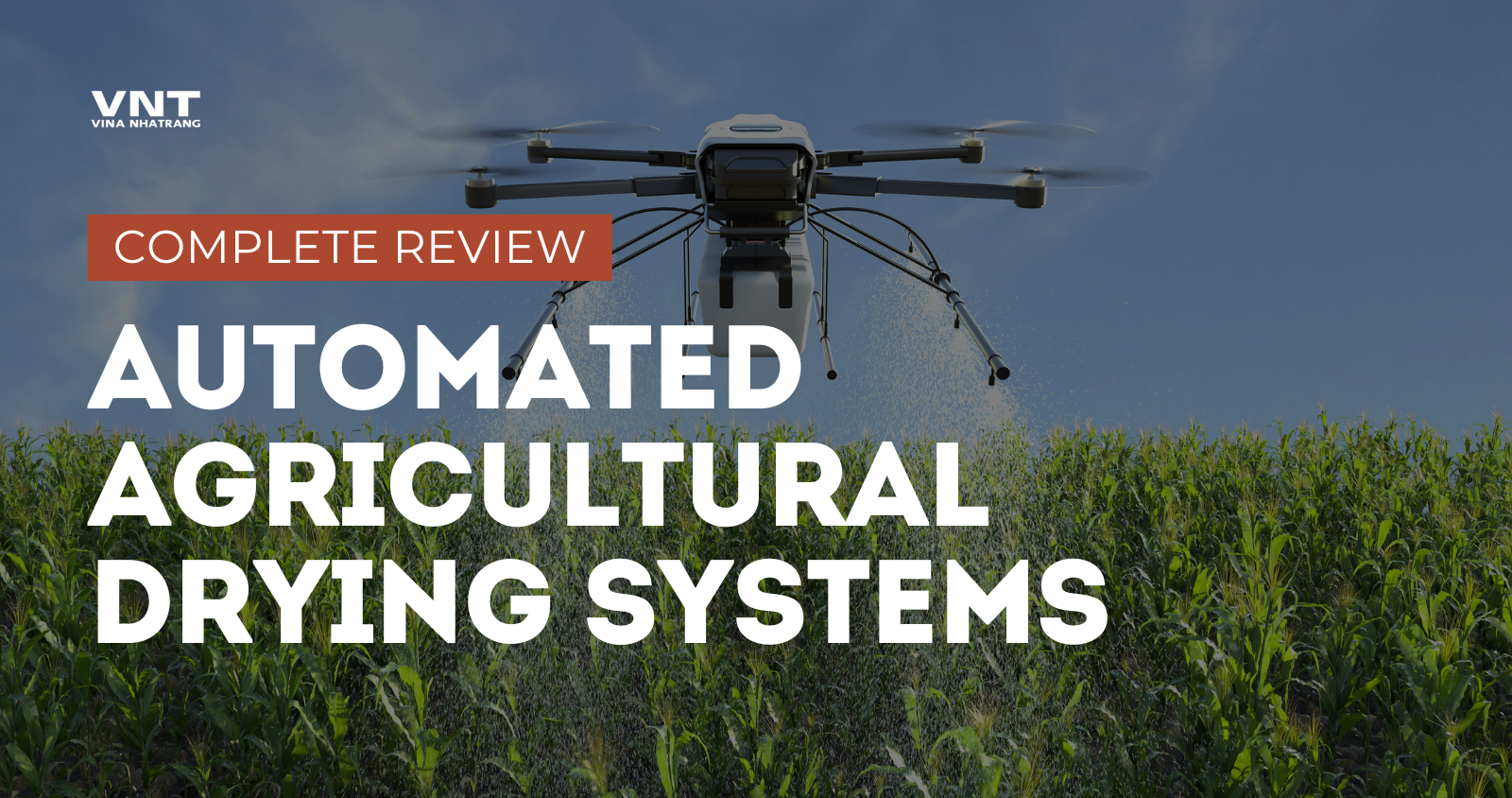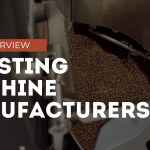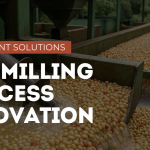Let’s face it – traditional crop drying methods are costing farmers big time. Not just in terms of money, but also in quality losses, excessive energy consumption, and countless wasted hours. In fact, studies show that inefficient drying contributes to a staggering 30% of post-harvest losses globally. But here’s the good news: breakthrough automated agricultural drying systems are completely transforming how we process crops. These smart systems aren’t just a small upgrade – they’re revolutionizing the entire industry by slashing drying times, preserving nutritional quality, and dramatically cutting energy costs. Whether you’re a small family farm or a large agricultural operation, these innovative technologies are finally making truly efficient crop processing accessible to everyone. Ready to discover how these game-changing systems could transform your harvests? Let’s dive in.
The Evolution of Crop Drying Technology: From Sun-Drying to Smart Systems
Crop drying has come a long way from traditional sun-drying methods. Initially, farmers would simply spread their harvests under the hot sun and hope for the best. While effective to some degree, this method was totally dependent on weather conditions and often resulted in uneven drying, quality issues, and significant losses.
Next came basic mechanical dryers in the mid-20th century. These systems provided more control but still required constant monitoring and adjustment. Fast forward to today, and we’re witnessing an incredible technological leap. Modern automated drying systems now integrate sensors, AI algorithms, and precise control mechanisms that adapt in real-time to your crop’s specific needs.
For instance, the latest AgriDry Pro X7 system can reduce drying time by up to 40% compared to conventional methods, while using 35% less energy. That’s not just efficiency – it’s a complete reimagining of what’s possible in crop processing.
5 Game-Changing Features of Modern Automated Drying Systems
1. Smart Moisture Sensing Technology
Today’s top drying systems feature networks of precision sensors that constantly monitor moisture levels throughout the entire batch of crops. Unlike older systems that only measured at a few points, these comprehensive moisture maps ensure perfectly even drying.
The HarvestKeeper Ultra, for example, uses over 200 sensing points in a standard unit, making moisture variation a thing of the past. This technology alone can improve quality consistency by up to 45%, according to recent field tests.
2. AI-Powered Drying Algorithms
Perhaps the most exciting advancement is the integration of artificial intelligence. These smart systems learn from each drying cycle and automatically optimize parameters based on crop type, initial moisture content, desired final moisture, and even external factors like ambient humidity.
The result? The system gets more efficient with every harvest. Farmers using CropMaster’s AI-enhanced dryers report energy savings increasing from 20% to nearly 35% over just one growing season as the system optimized its operations.
3. Remote Monitoring and Control
Gone are the days of babysitting your dryer. Modern systems connect seamlessly to smartphones and tablets, allowing you to monitor and control the entire drying process from anywhere.
The practical impact is huge – farmers can make adjustments while working elsewhere on the farm, receive alerts if anything needs attention, and even start or stop cycles remotely. This feature alone saves an average of 15 hours of labor per week during peak harvest seasons.
4. Multi-Stage Temperature Management
Unlike conventional dryers that maintain a single temperature, advanced systems implement carefully controlled multi-stage drying processes. Initial higher temperatures remove surface moisture quickly, while subsequent lower temperatures gently draw moisture from the interior without damaging sensitive nutrients.
This precision approach preserves up to 25% more nutrients in grains and reduces cracking by over 60% compared to conventional single-temperature methods.
5. Energy Recovery Systems
Leading automated dryers now incorporate heat recycling technology that captures and reuses heat that would otherwise be wasted. This circulatory design has dramatically reduced energy consumption – in some cases by over 50%.
The EcoDry Series, which pioneered this approach, has helped farmers cut their drying energy costs nearly in half while maintaining superior drying quality.
Common Questions About Automated Agricultural Drying Systems
Are automated drying systems worth the investment for small farms?
Absolutely! While the upfront cost may seem significant, the ROI calculation strongly favors these systems even for smaller operations. A farm processing just 200 tons annually can typically recoup their investment within 2-3 harvests through energy savings, reduced losses, and quality premiums.
Plus, many manufacturers now offer scaled solutions specifically designed for smaller operations, like the CompactDry series that delivers advanced features in units suitable for farms under 50 acres.
How difficult is the transition from conventional to automated drying?
Most farmers are surprised by how smooth the transition can be. Modern systems are designed with user-friendly interfaces that simplify operation. Additionally, many manufacturers include comprehensive training and the first season of technical support in their packages.
The learning curve is typically just 1-2 harvest cycles, after which operators report significantly reduced stress and workload compared to managing conventional systems.
Can these systems handle different types of crops?
This is where automated systems truly shine. Unlike older single-purpose dryers, modern systems can be quickly reconfigured for different crops through simple menu selections. The system automatically adjusts airflow patterns, temperature cycles, and drying parameters based on the selected crop profile.
Leading systems can store settings for dozens of different crops and varieties, making diversified farming operations much more efficient.
What about maintenance requirements?
Counterintuitively, advanced systems often require less maintenance than conventional dryers. Self-diagnostic capabilities alert operators to potential issues before they become problems. Most components are modular by design, allowing for quick replacement when necessary.
The data backs this up – farms using automated systems report an average 65% reduction in unexpected downtime compared to conventional drying methods.
The Future of Crop Drying: What’s Next?
The innovation doesn’t stop with current systems. The next generation of agricultural drying technology is already on the horizon, with developments like:
- Hyper-localized drying zones that can process different crops simultaneously in the same unit
- Integration with predictive harvest systems that prepare drying parameters based on field conditions
- Blockchain-based quality verification that documents perfect drying conditions for premium buyers
- Zero-carbon drying systems powered entirely by renewable energy sources
Conclusion: Why Waiting Costs More Than Upgrading
The economics of crop drying have fundamentally changed. With energy costs continuing to rise and climate variability increasing the challenges of harvest timing, automated drying systems no longer represent a luxury – they’ve become an essential competitive advantage.
Farmers who’ve made the switch consistently report not just cost savings, but significant quality improvements that open doors to premium markets. The testimonials are compelling: “We recouped our investment in just one season through energy savings and quality premiums,” reports Maria Chen, who operates a 500-acre grain farm.
The bottom line? The question isn’t whether you can afford to upgrade to an automated drying system. With today’s agricultural realities, the real question might be whether you can afford not to.
Ready to explore how these systems could transform your operation? The perfect time to investigate your options is before your next harvest season begins – when you’ll have time to make a carefully considered choice rather than an emergency replacement decision.




